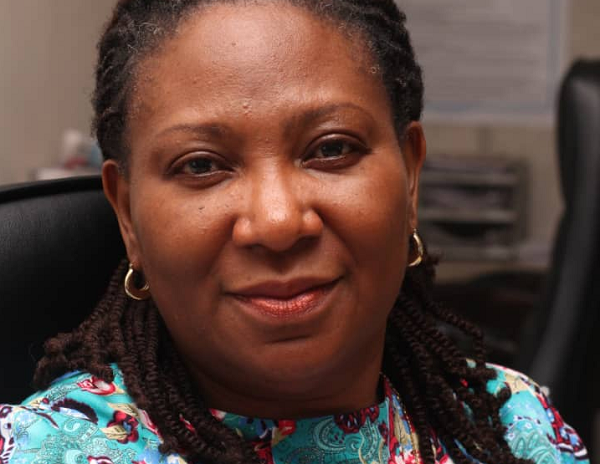
Memories from Morocco
Last week, my job took me to Morocco. I was one of 17 African journalists visiting some of the facilities of OCP, the largest manufacturer of mineral fertilisers in the world.
Morocco has the world’s largest deposits of phosphorus with a phosphate rock deposit of more than 70 per cent of what the world has.
Advertisement
Even though Morocco has been mining this natural resource for close to a century, it has only exploited five per cent of the total amount the country is blessed with, leaving about 95 per cent more.
At Khouribga, a province which is about two hours’ drive from Casablanca, is sited the company’s phosphate mine and beneficiation plants.
The stringent procedures and planning adhered to during mining activities pointed at a judicious exploitation of the mineral. The exploitation is being carried out systematically, sustainably and with the likely environmental effects being consciously minimised.
For instance, the company reclaims sites where it has mined and plants trees to bring the area back to life even in this arid area. We had the opportunity to contribute to afforestation by planting a tree each of different species, including olives and argan from which oils and fruits are widely used in the cosmetic and culinary industry.
There were piles of rocks and other “waste “ deposits that had remained after the phosphate had been mined being stored on site. According to company officials, those deposits were being kept for the use of future generations since they could be used for other purposes, including in the industrial sector.
The company, with 23,000 employees, has invested as much as eight billion dollars to modernise its mining operations. This includes the installation of slurry pipes to carry the phosphate from the mining sites through gravity to the company’s manufacturing plants in another area, Jorf Lasfar, instead of by train as used to be the case.
This has saved the company some cost and energy.
The plant has a capacity of 12 tonnes of fertilisers per year, and the company has transformed its old mining site in Khouribga into a multimedia library for the community while preserving some of it as a reminder of history.
Eye-opener
The roads to these areas are very well developed. The company’s strong corporate social responsibility activities include the provision of 12 ambulances, buses and medical caravans for the vulnerable population. Its provision of education facilities was significant and could be seen all over.
To further anchor its strong commitment and relevance to agriculture and, therefore, food security, the company is formulating various types of fertilisers suitable for particular soils for its customers around the world. The company has a whole Green Energy Park where research into various photovoltaic systems
As the tour progressed, my mind kept racing back home to the very deplorable state of roads that lead to our various mining sites and our water bodies which have been polluted due to bad mining practices. I also remembered the many vulnerable people, especially the youth in communities who do not have education and the many farmers who have been lured by money to give away lands and, therefore, their sources of livelihood for
I was thinking that we should be making more out of our gold by adding value to it and, therefore, benefiting more instead of just exporting at prices we don’t have complete control of. I was thinking that maybe it is not too late to regulate our mining industry in such a way that would prove more beneficial to us like the Moroccans are doing with their phosphate.
In Casablanca, the country’s business capital, the infrastructure, facilities, state of the roads, shopping centres and the cleanliness of the major streets were amazing.
The orderly layout with white as the colour theme of buildings and the dominance of flowers and shrubs was refreshing and pleasing to the eyes.
The visit to Marrakech city, dominated by palaces and gardens with a colour scheme of brick red to minimise the effect of the fierce heat and scorching sun with temperatures around 40 degrees on the eyes during the time of the visit, was significant. The buildings I saw were of the same height. The city has been developed into a home to tourists with thrilling entertainment events that involve the visitors’ participation, making them dance deep into the night.
There were beautiful handicrafts, jewellery, perfumes and the famous argan oils for cosmetics, spices, herbal medicines and traditional food and teas.
I saw many having rides in carriages driven by well-groomed and fed horses and was surprised to see each carriage having a licensing registration number.
My visit to this northern African country was very worth as it opened my eyes to another amazing part of Africa. And if we really are serious about tourism, there is a lot to learn from this country.
I did not visit all of Morocco and did not see it all, making my situation that of the blind man and the elephant but given the chance, I would want to do this all over again!
Writer’s E-mail: [email protected]/[email protected]



